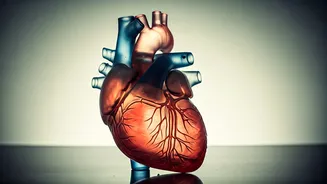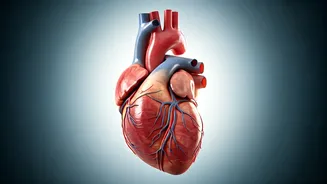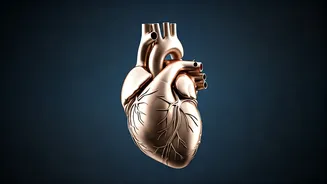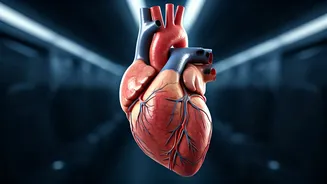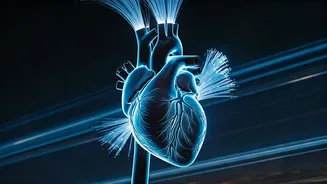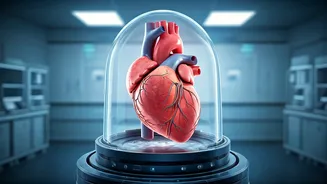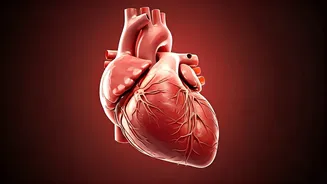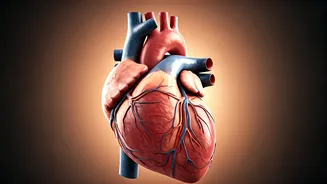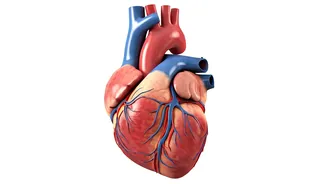Fatty Deposits
One of the most visible indicators of high cholesterol is the formation of xanthomas. These are yellowish, waxy deposits that develop under the skin, especially
around the eyelids (xanthelasma), elbows, knees, or tendons. These deposits occur when excess cholesterol builds up in the body. Although they may not be painful, their appearance can signal that cholesterol levels have been consistently high over time. The size and prevalence of xanthomas can vary. They are an indication that the body is attempting to store or sequester the excess cholesterol. Therefore, if you observe such formations, it is advisable to get your cholesterol levels checked to prevent further health problems.
Chest Pain
Angina, or chest pain, is another significant, if less obvious, sign of high cholesterol. This pain arises because high cholesterol can cause the buildup of plaque in the arteries, a condition known as atherosclerosis. This plaque buildup narrows the arteries, reducing blood flow to the heart. When the heart doesn't receive enough blood, particularly during physical exertion or stress, it can lead to chest pain or discomfort. This chest pain can manifest as pressure, squeezing, or a feeling of heaviness. Individuals experiencing frequent or intense chest pain should seek immediate medical attention because it may indicate an increased risk of a heart attack or stroke.
Digestive Issues
Digestive troubles, specifically those affecting the gallbladder, can sometimes be linked to high cholesterol. The liver produces bile, which contains cholesterol, and the gallbladder stores this bile. When cholesterol levels are very high, it can lead to the formation of gallstones, which are hard deposits that can obstruct the flow of bile. Symptoms of gallstones may include abdominal pain, especially after eating fatty foods, nausea, vomiting, and bloating. While not everyone with high cholesterol will develop gallstones, it is a risk factor, and the digestive system issues can serve as a warning sign. These issues can indirectly show there is a problem with the body's cholesterol metabolism, hence the need for a medical examination.
Peripheral Artery Disease
Peripheral artery disease (PAD) is a condition in which the arteries in the legs and feet become narrowed due to plaque buildup. This condition often results from high cholesterol. Symptoms of PAD include pain, cramping, or fatigue in the legs or hips, particularly during exercise. Other symptoms can include numbness, weakness in the legs, and sores that heal poorly. As the disease progresses, these symptoms may worsen, even occurring at rest. PAD is an indication that the arteries are seriously affected by cholesterol and that blood flow is severely impaired. Prompt medical intervention is essential to prevent severe complications, such as limb amputation or heart attack.
Dizziness and Fatigue
Chronic high cholesterol can subtly affect overall health, including potentially causing feelings of dizziness and fatigue. While these symptoms are quite nonspecific, they can be related to the reduced blood flow throughout the body, including the brain. The brain requires a steady supply of oxygen-rich blood to function correctly, and when the arteries are clogged due to high cholesterol, the brain may not receive the necessary blood flow, leading to these symptoms. The lack of blood supply also impacts energy levels. Individuals experiencing these symptoms should not dismiss them, but consider them as possible warnings of an underlying health issue. A thorough medical check-up is recommended to rule out the possibility of elevated cholesterol and other potential causes.
